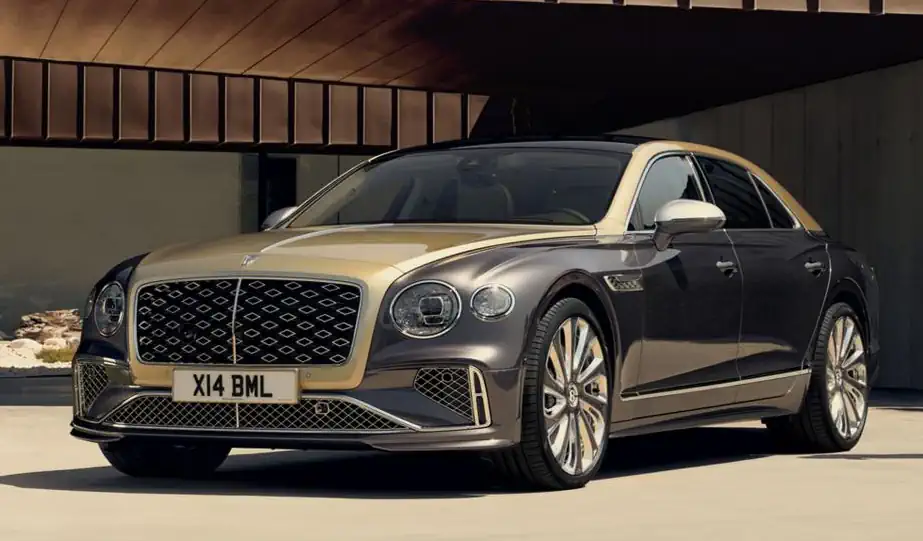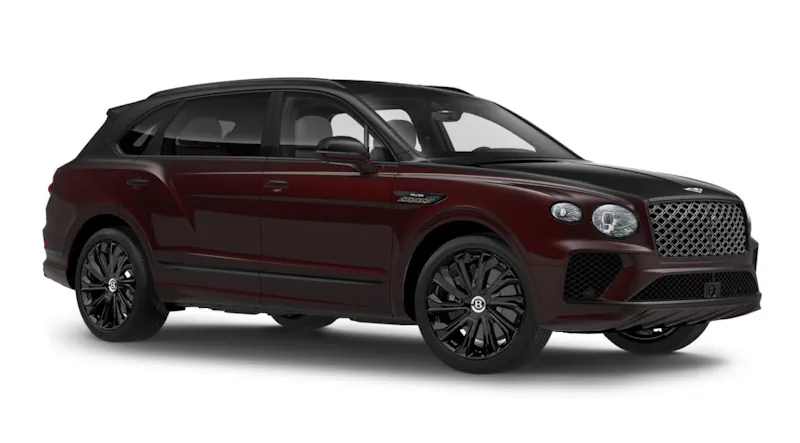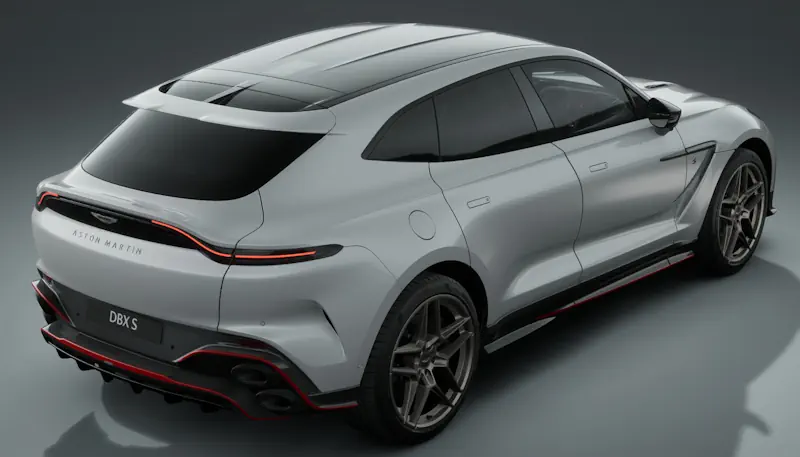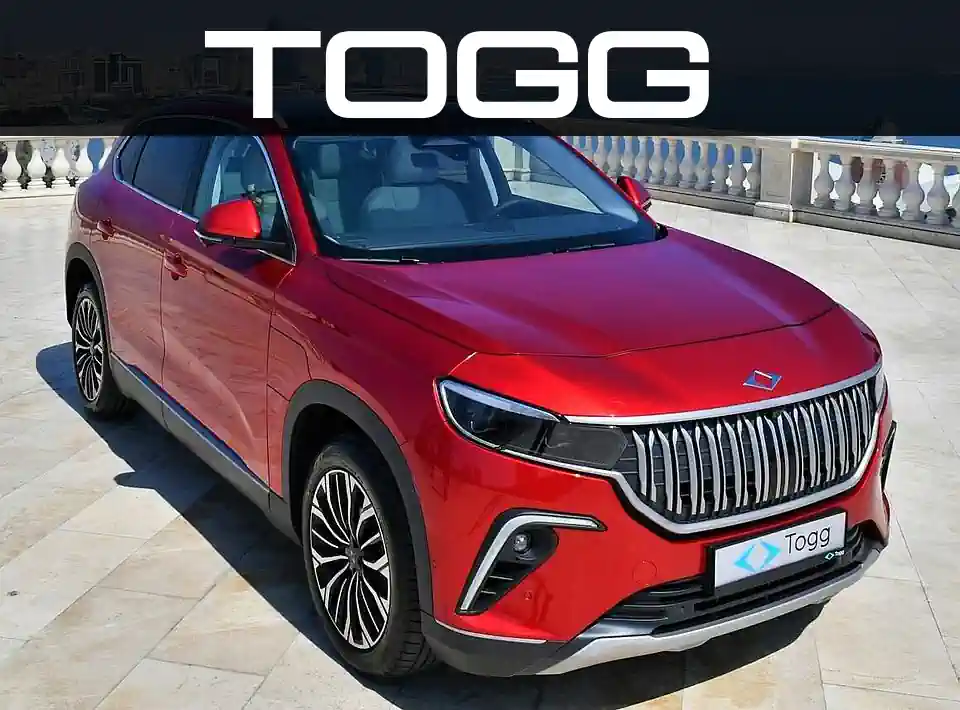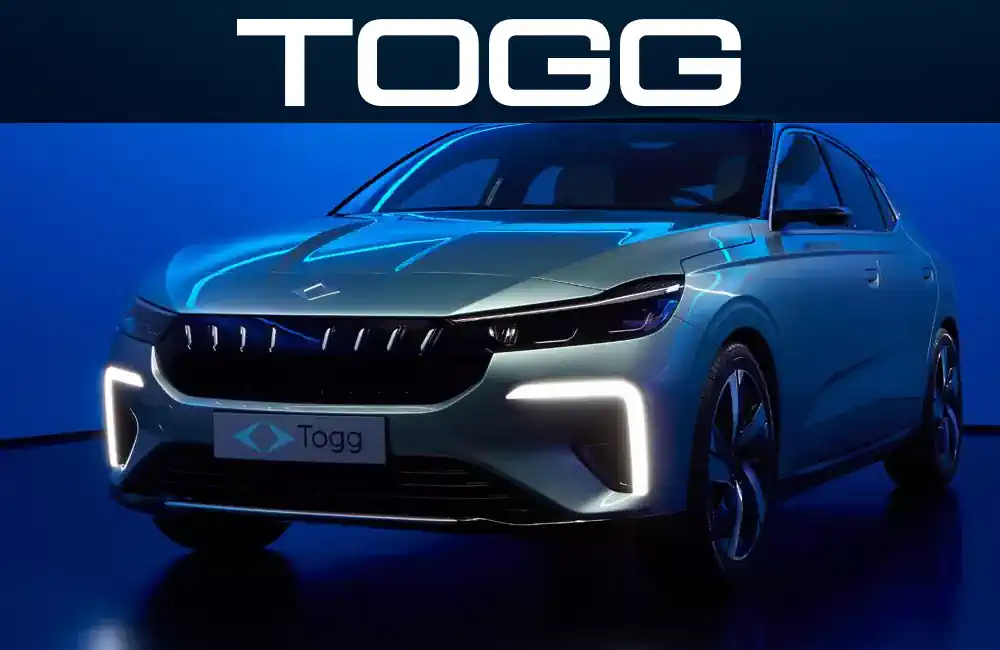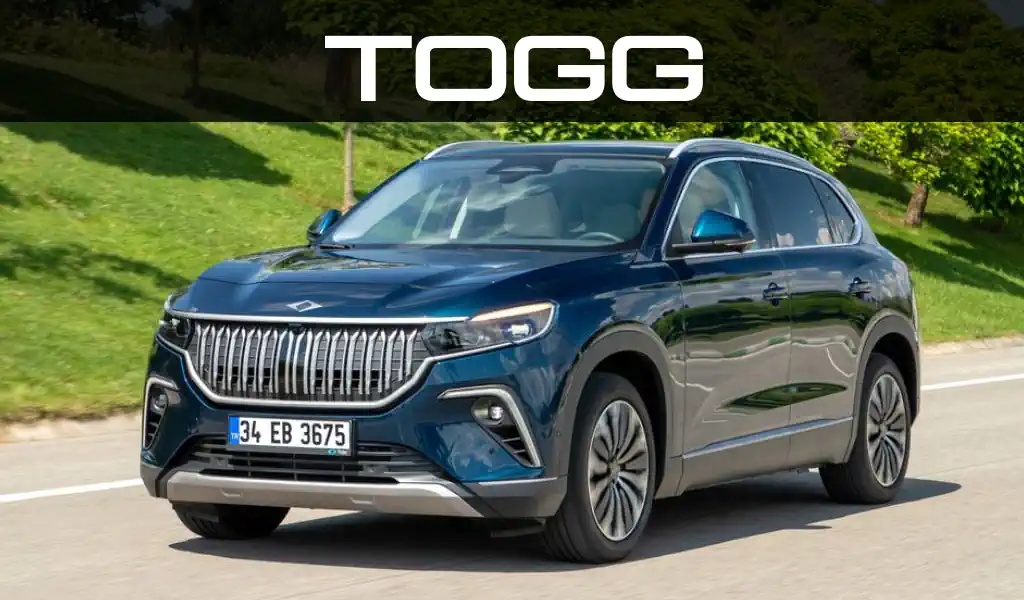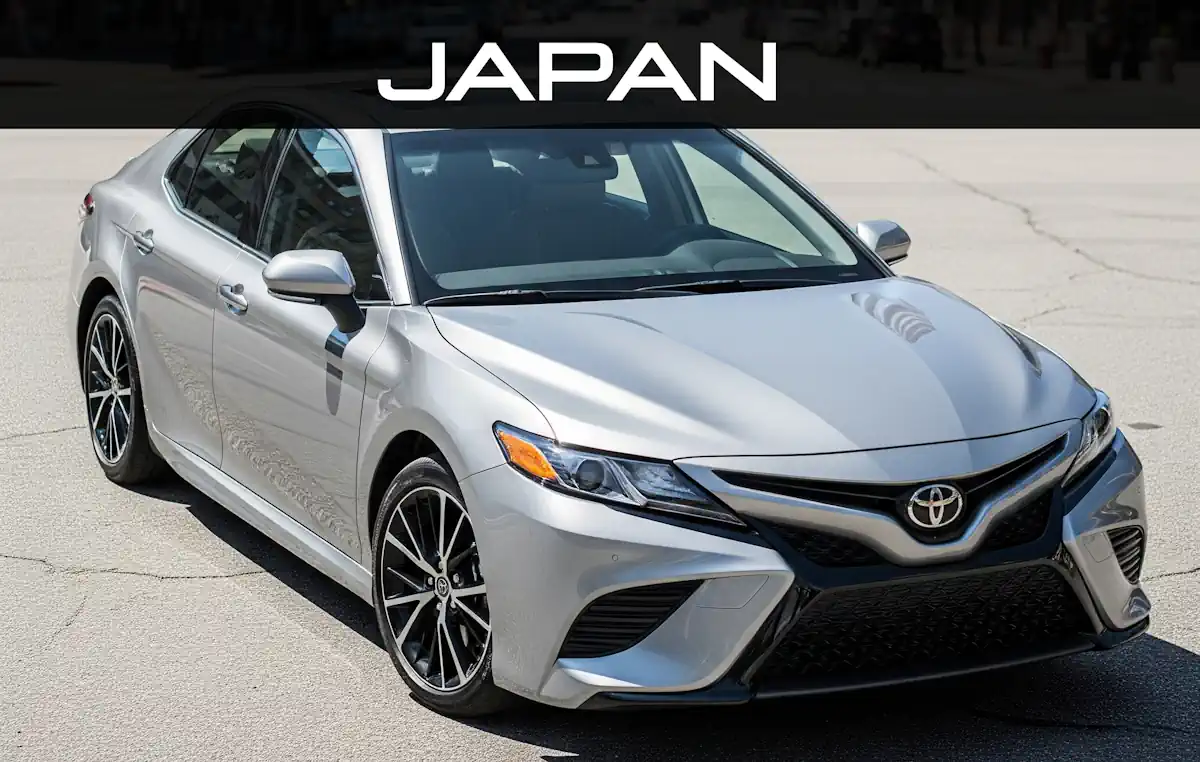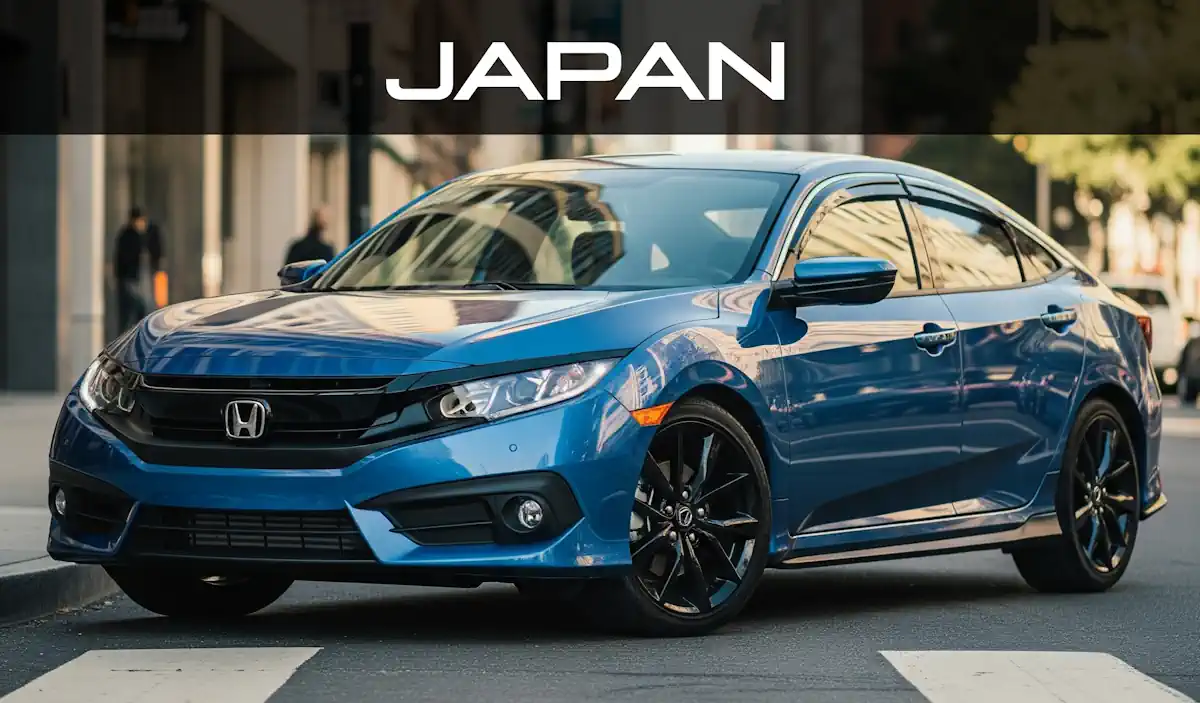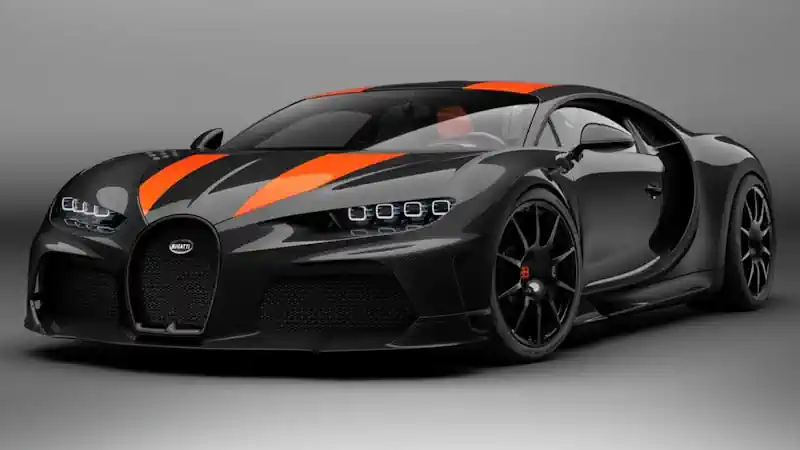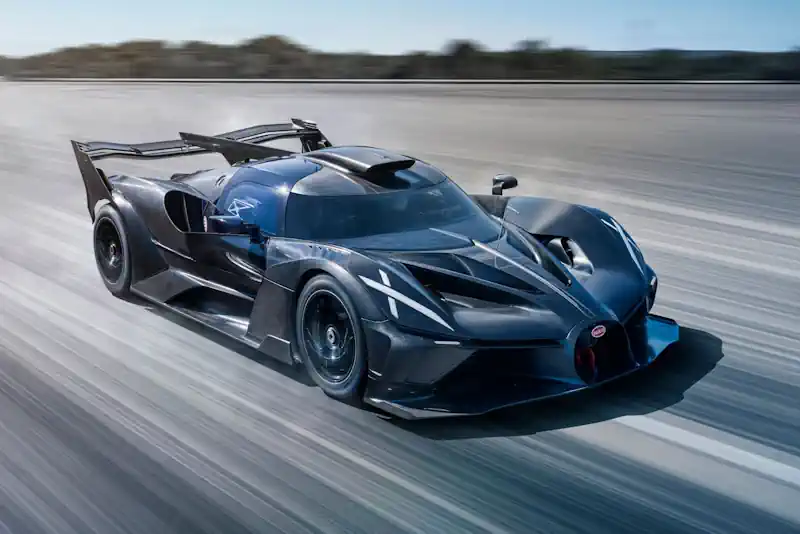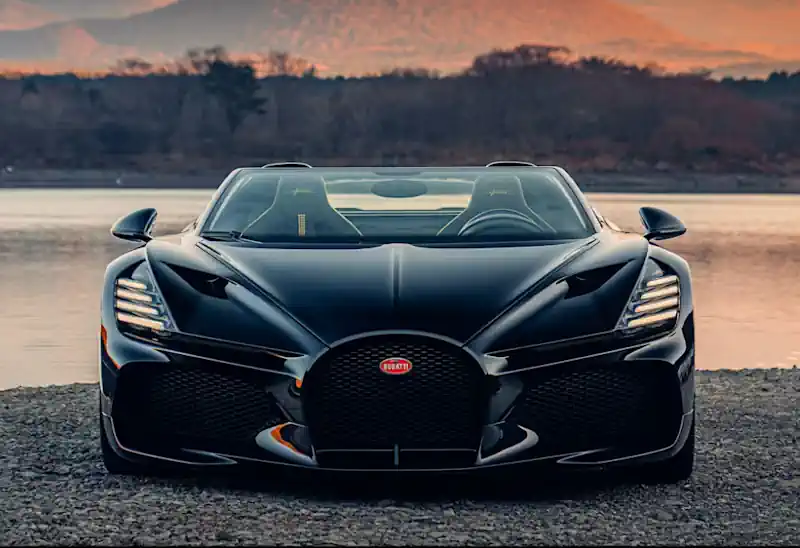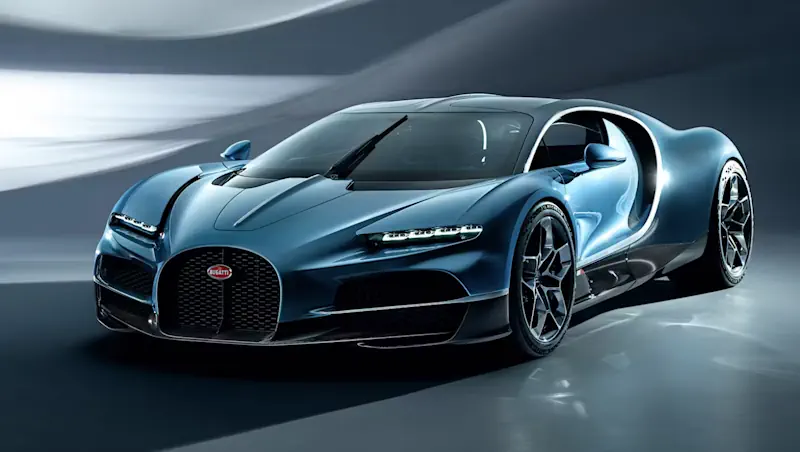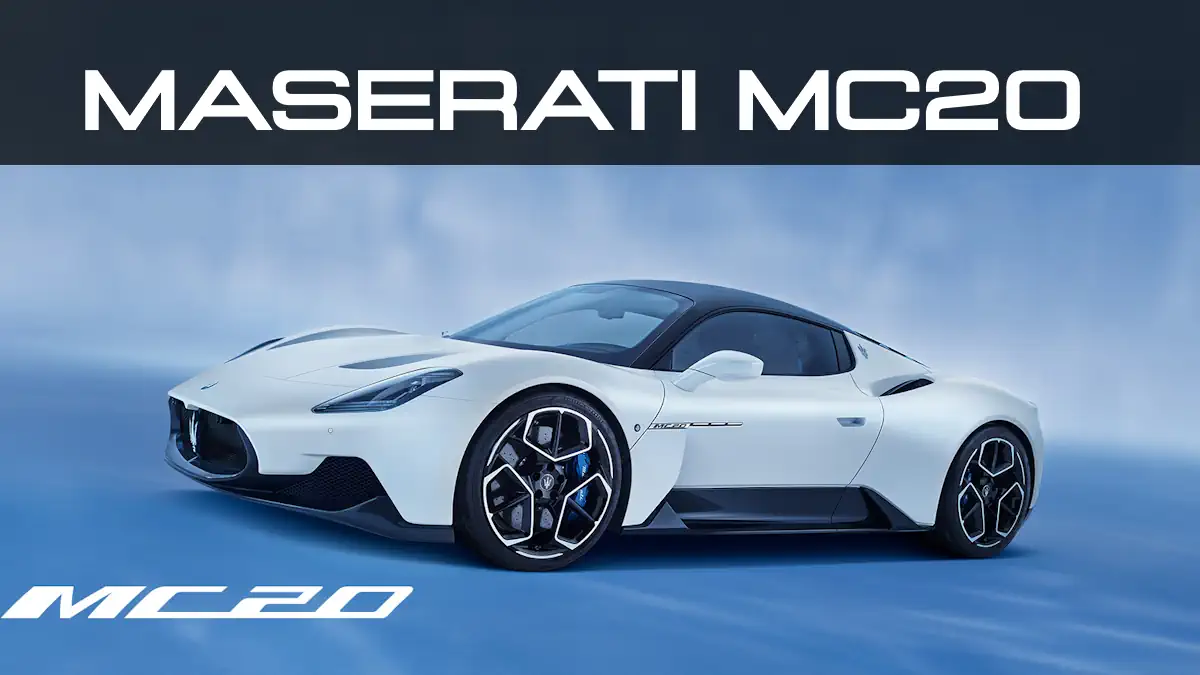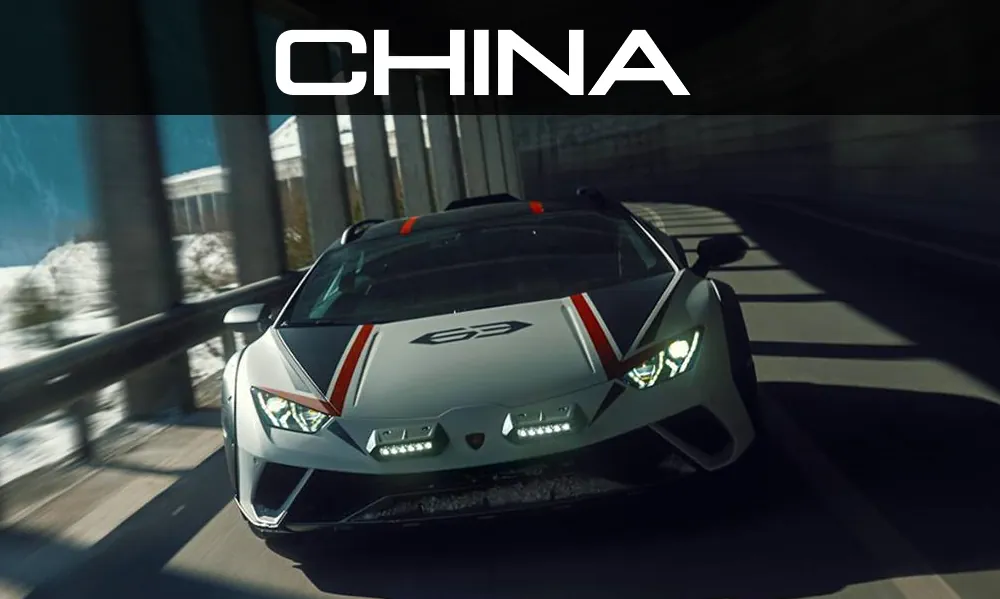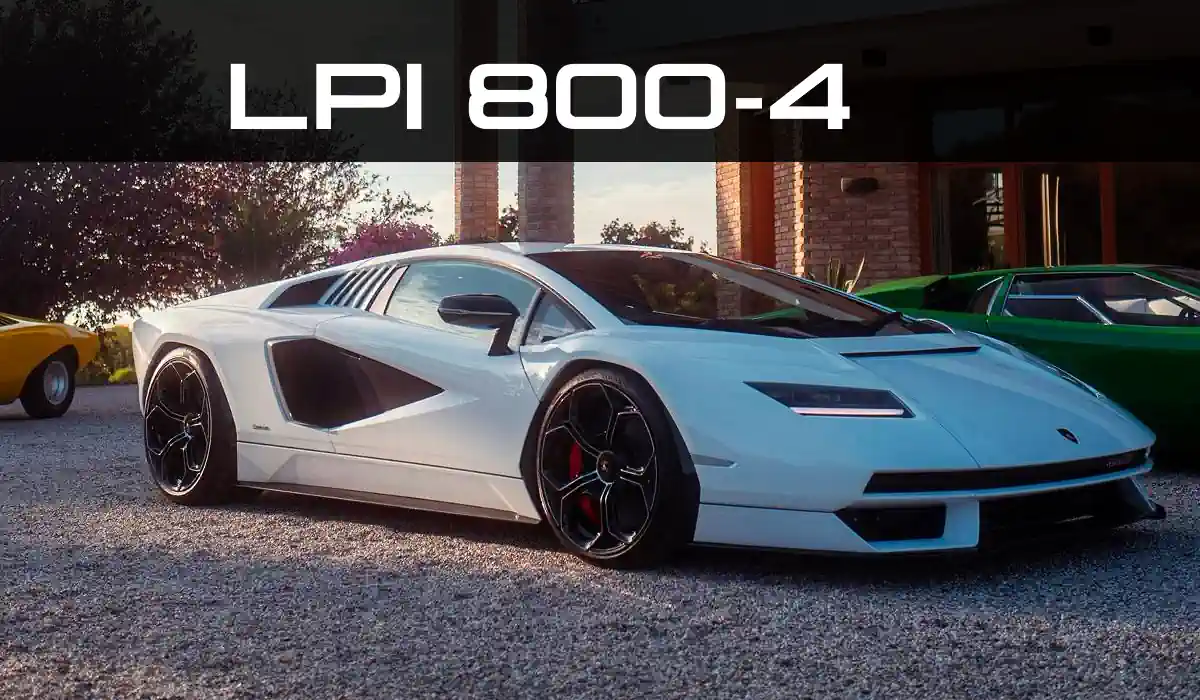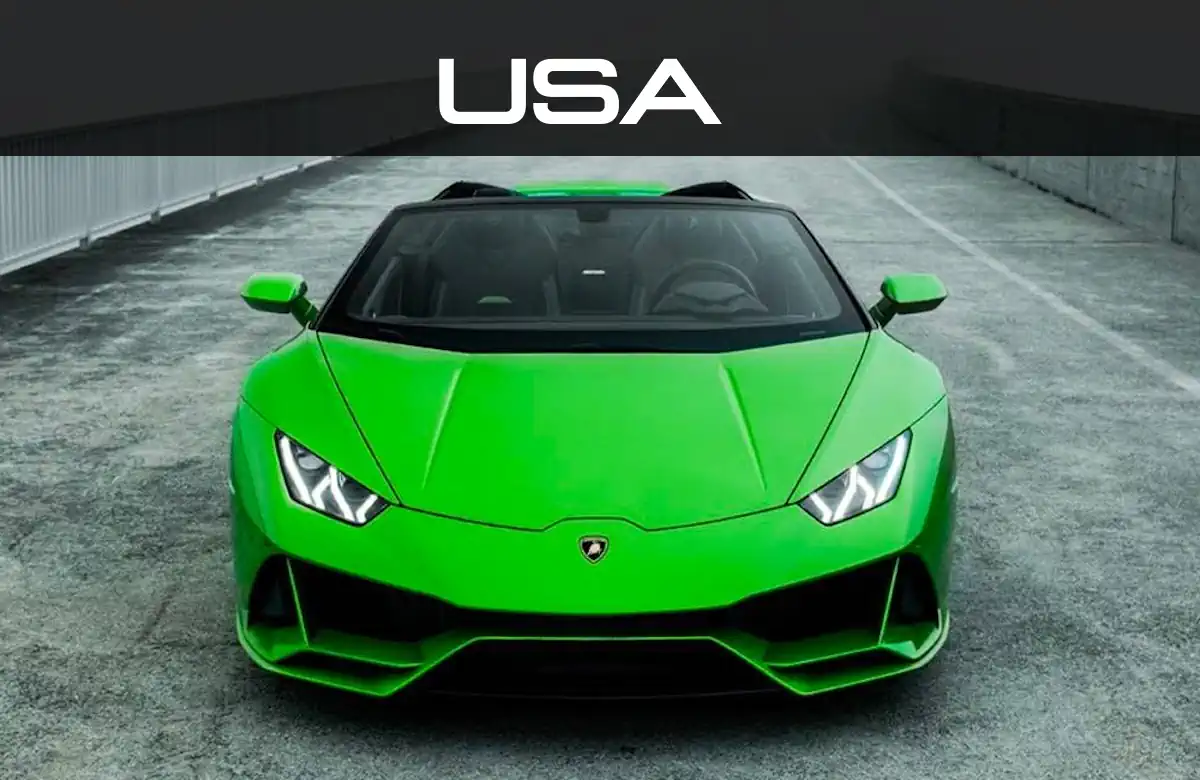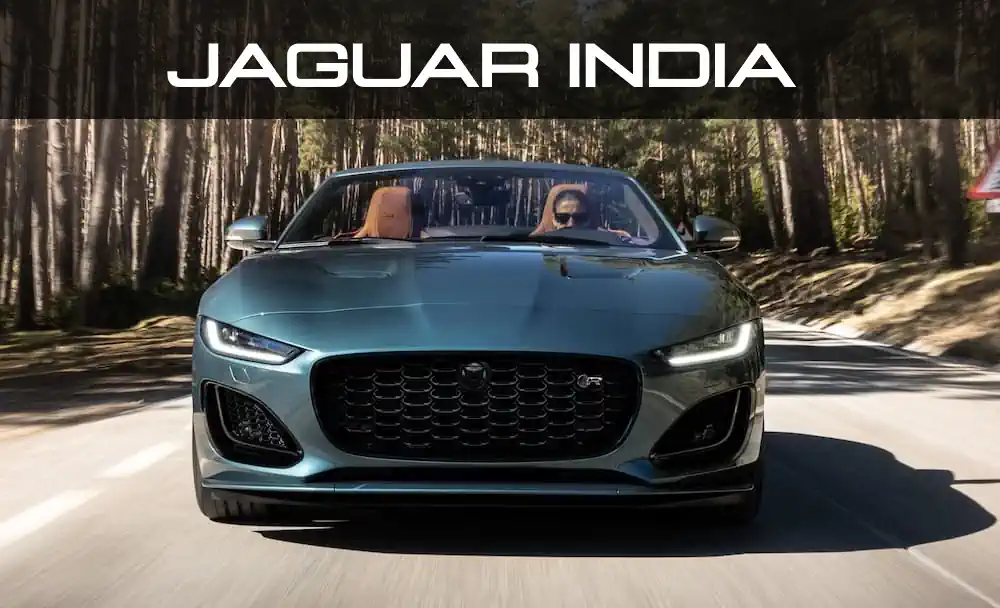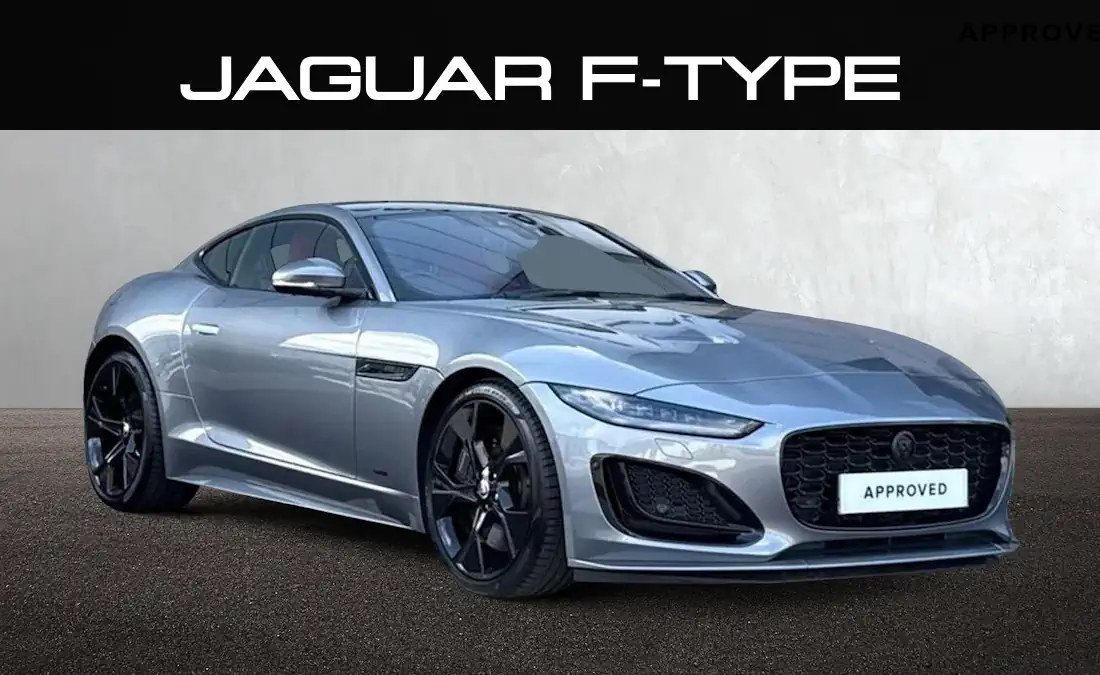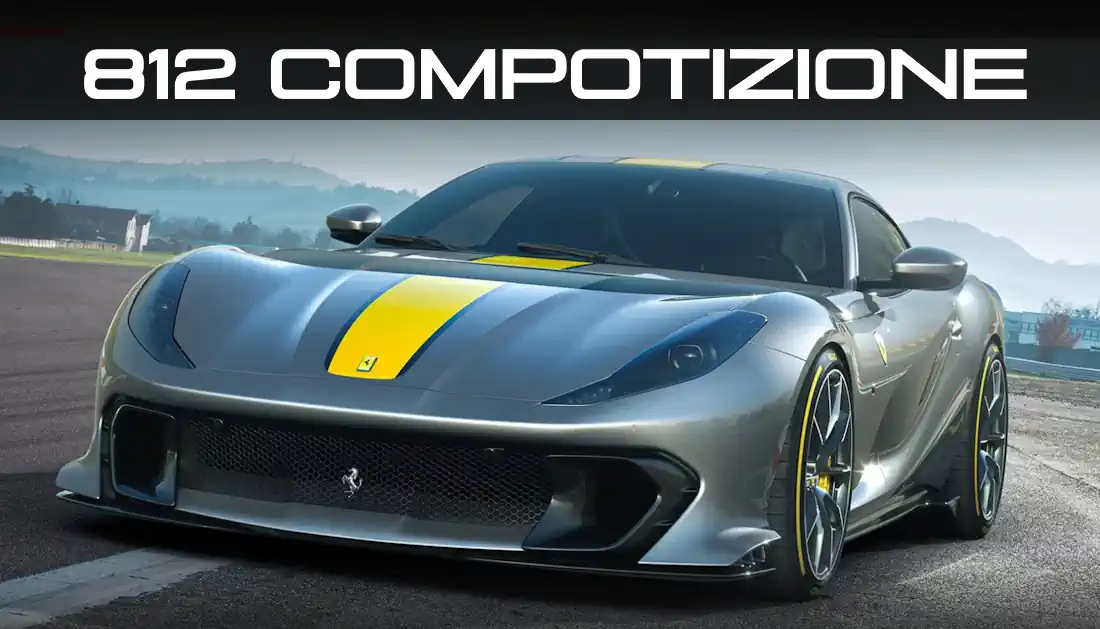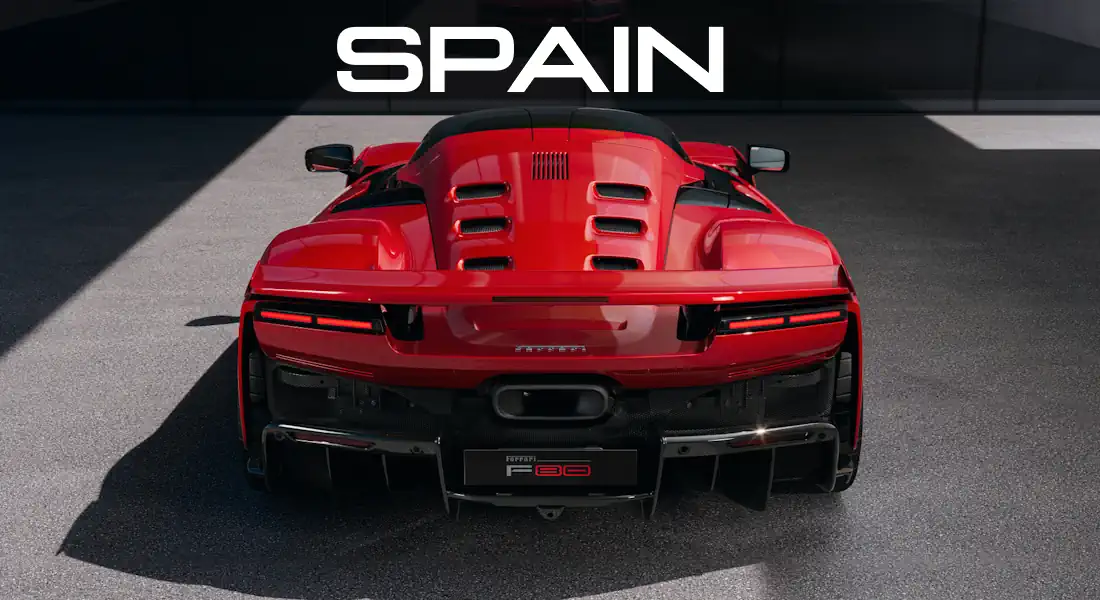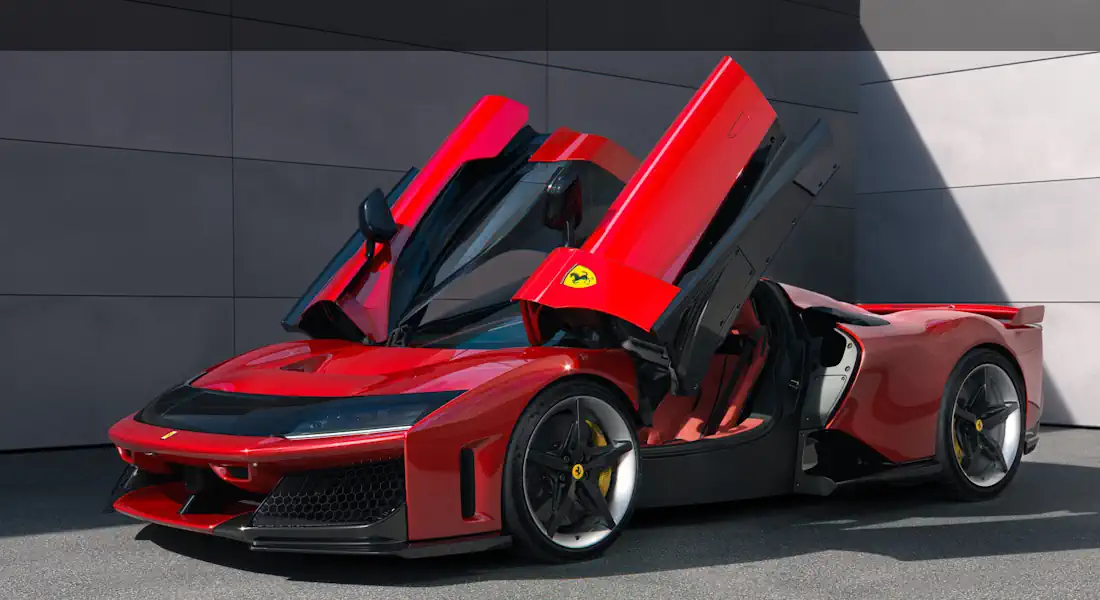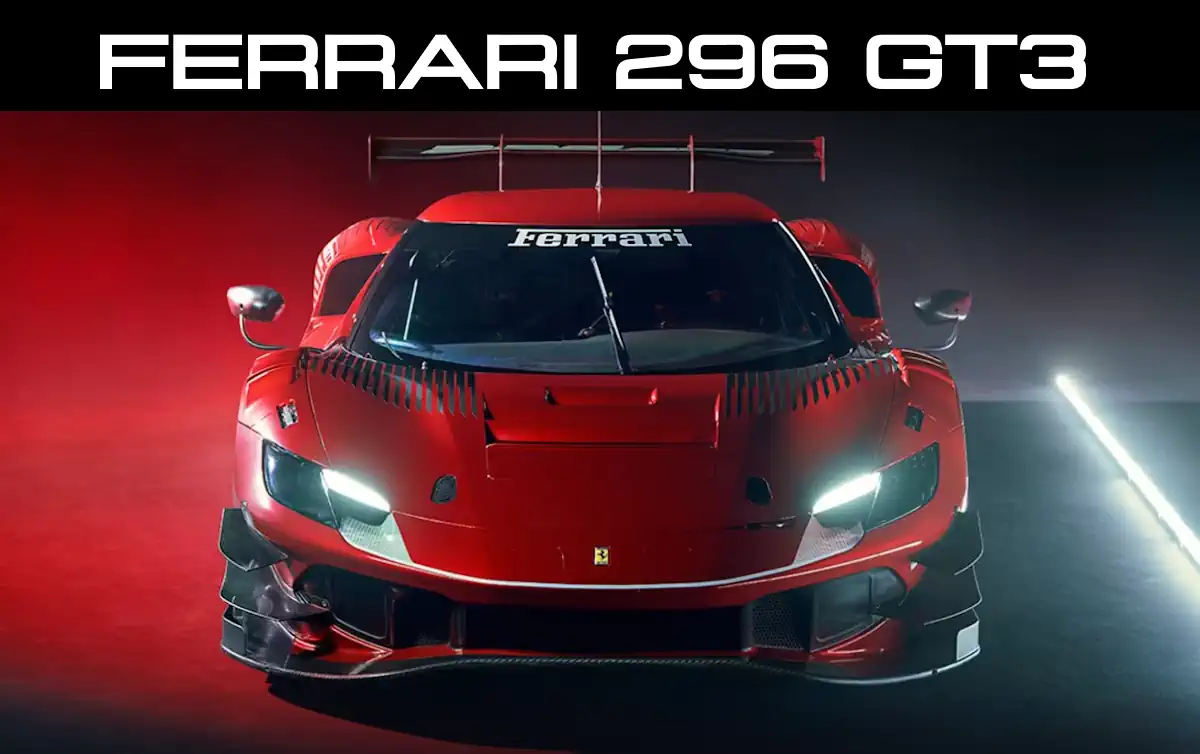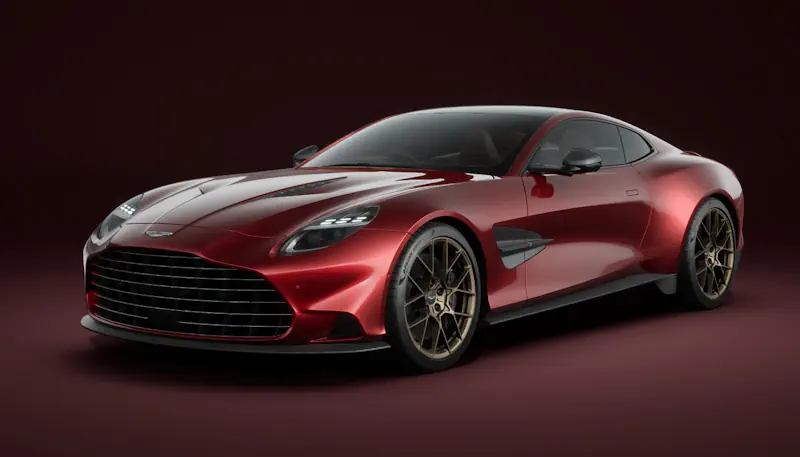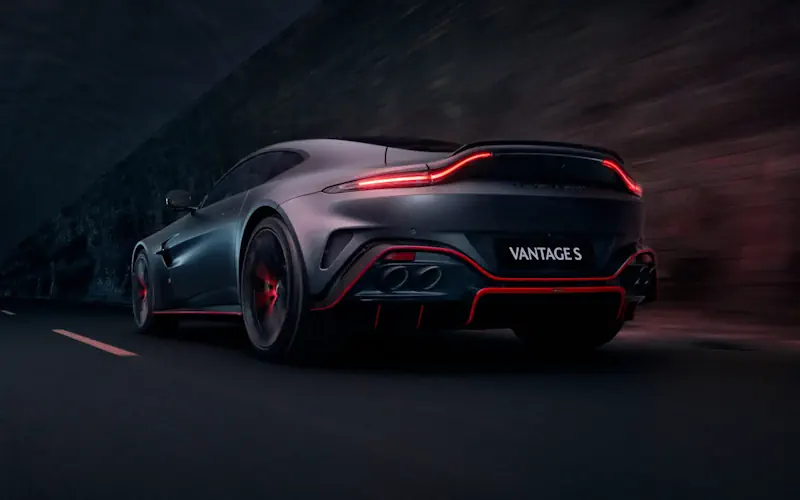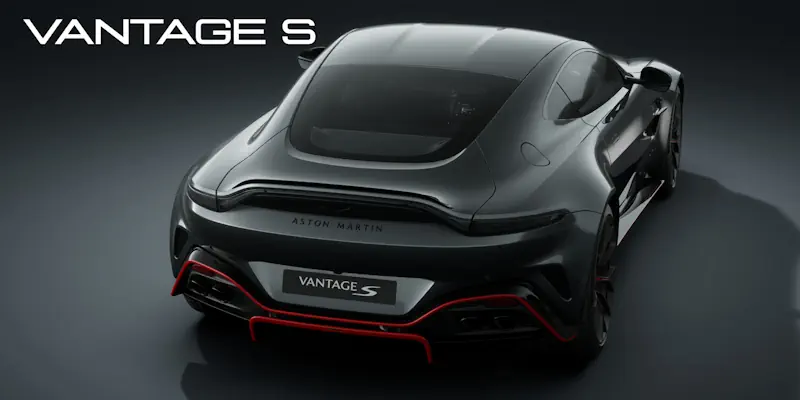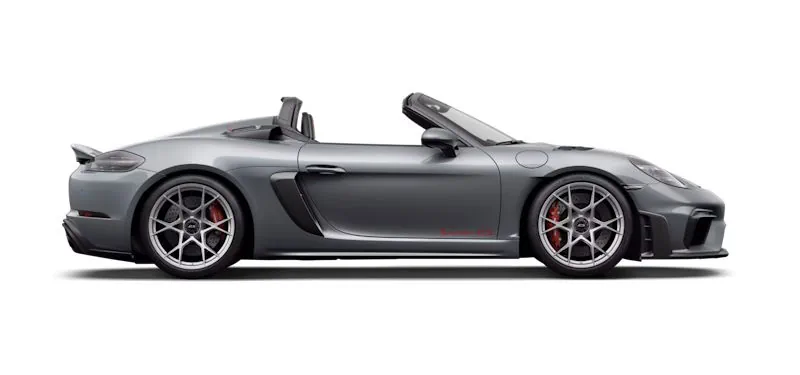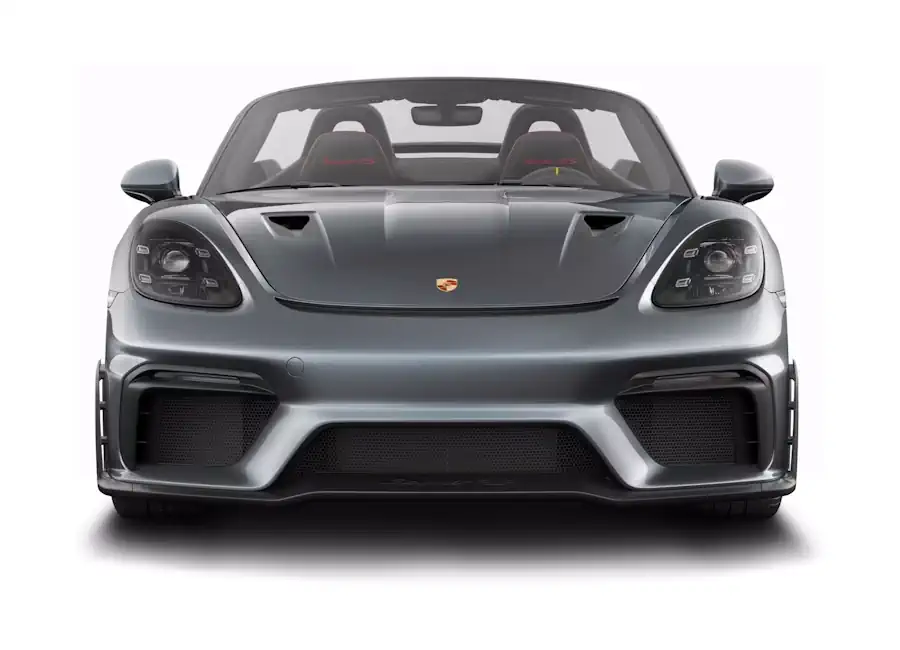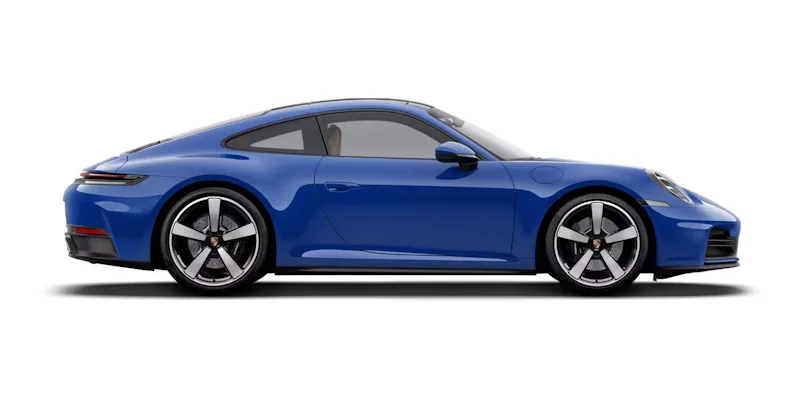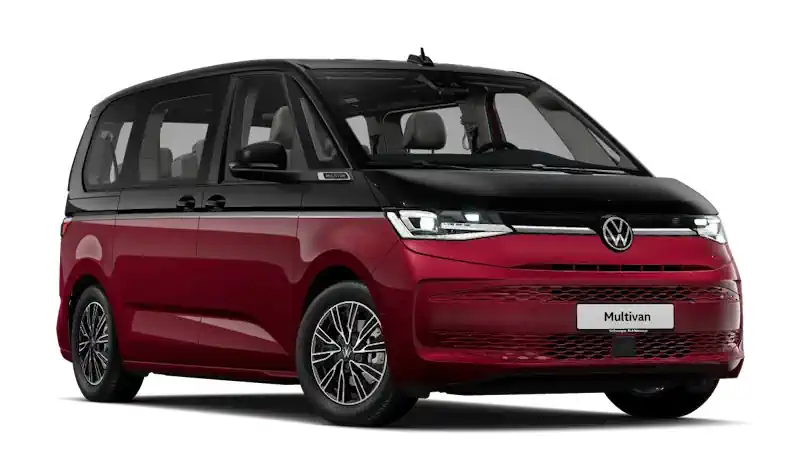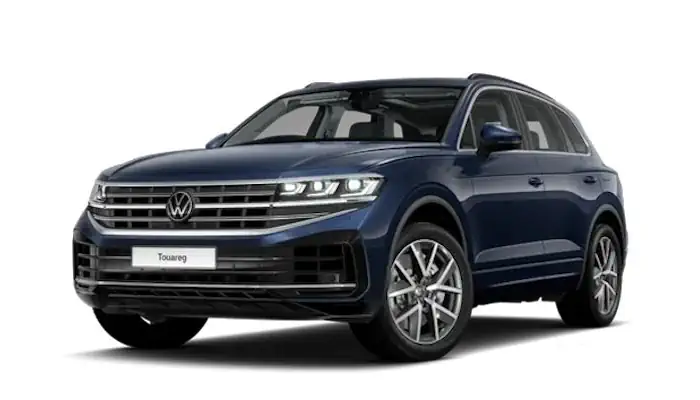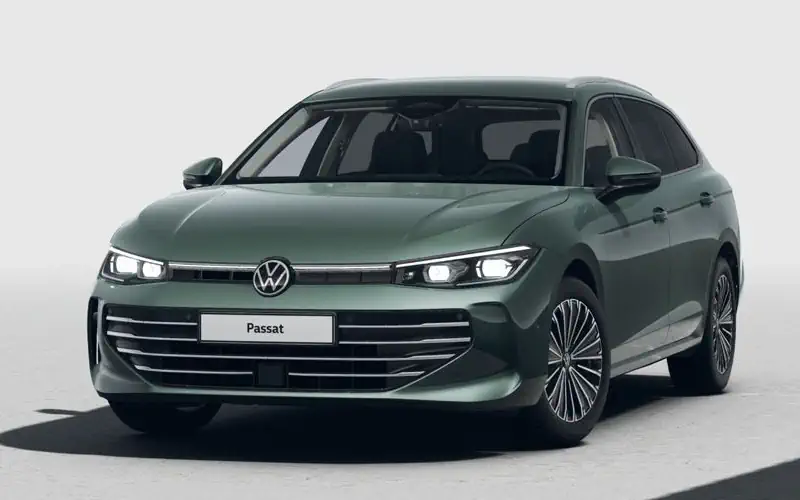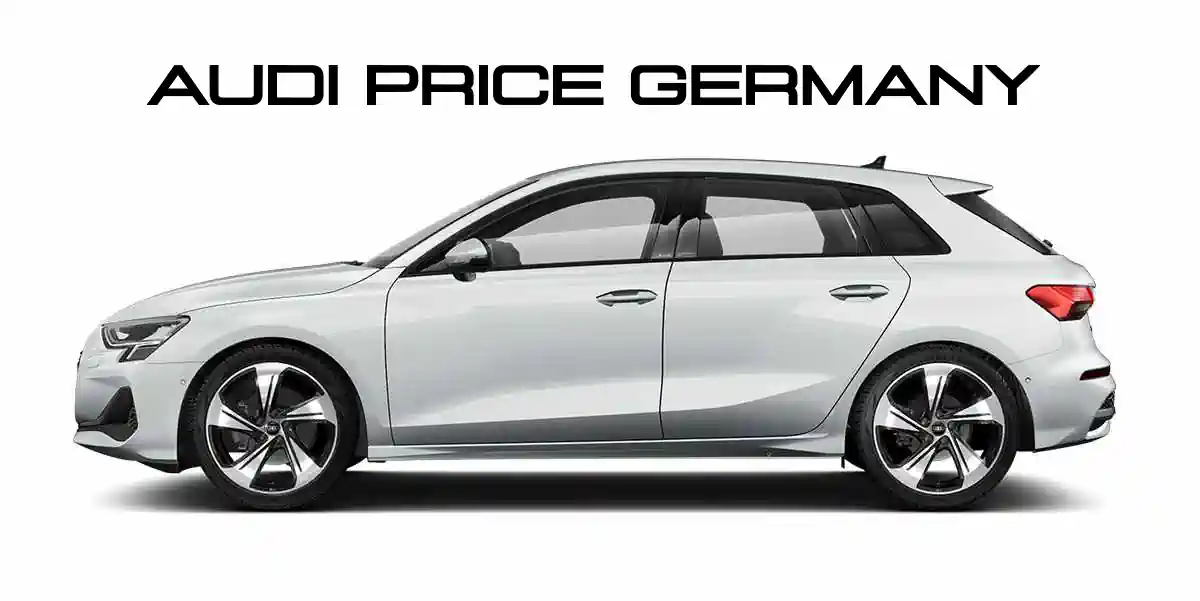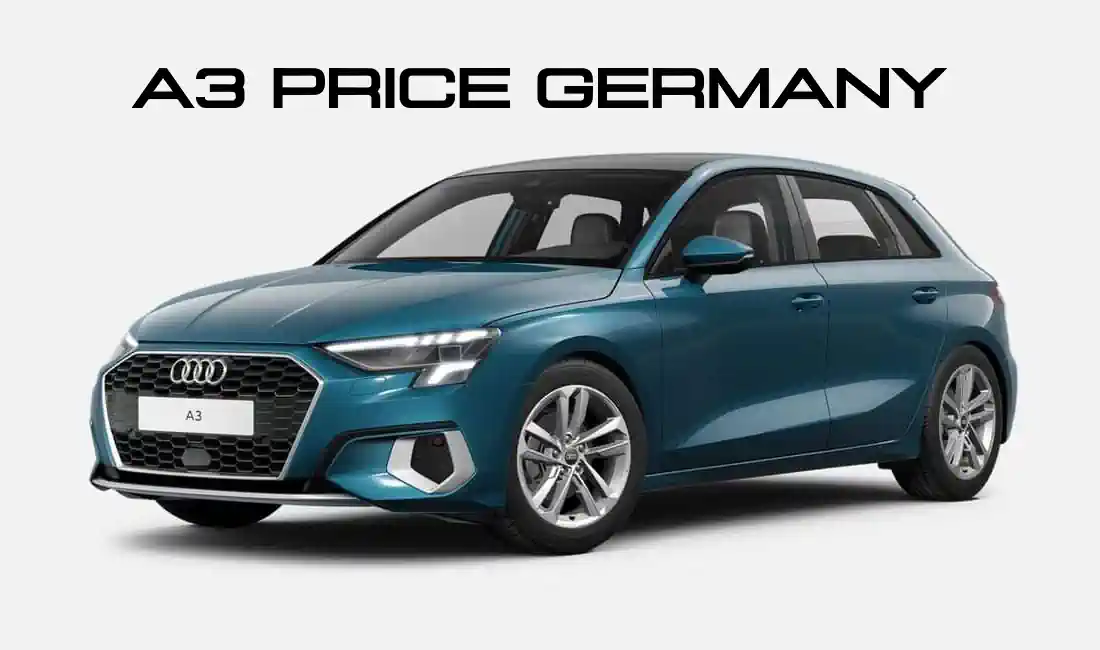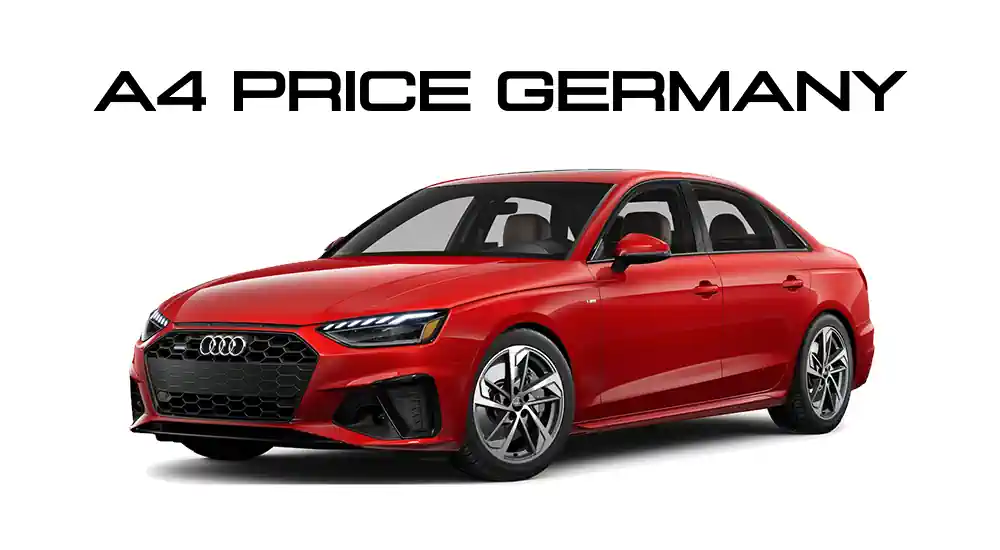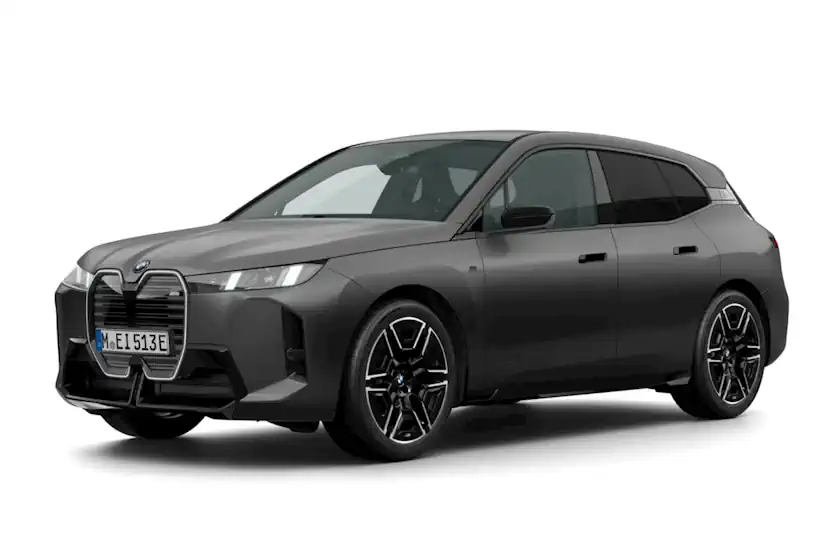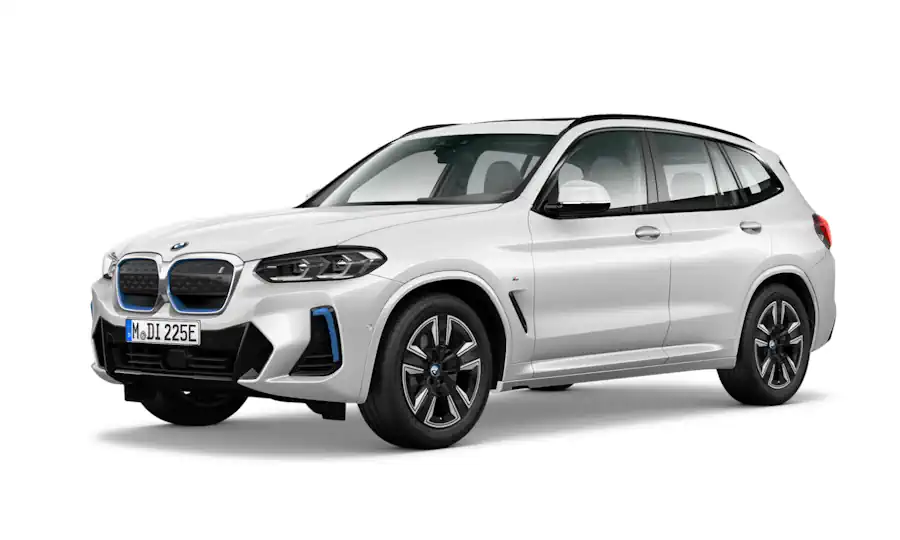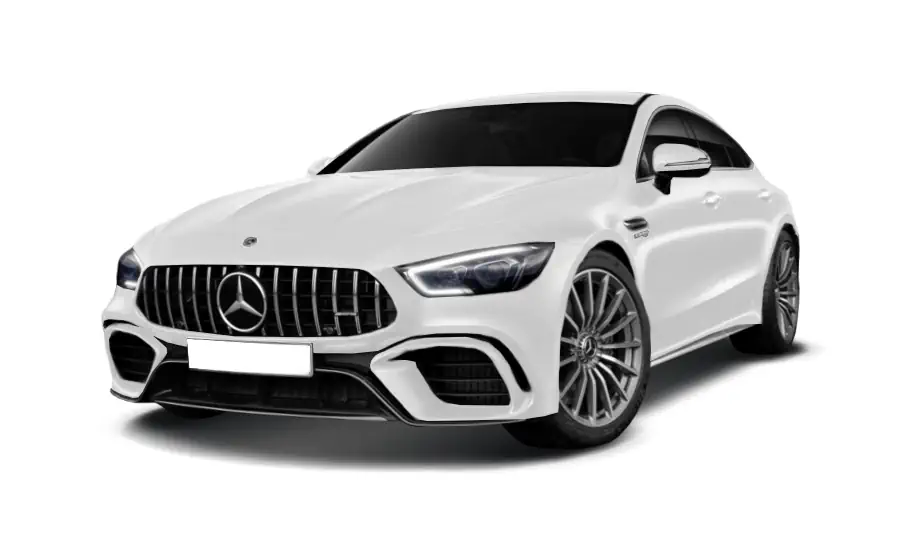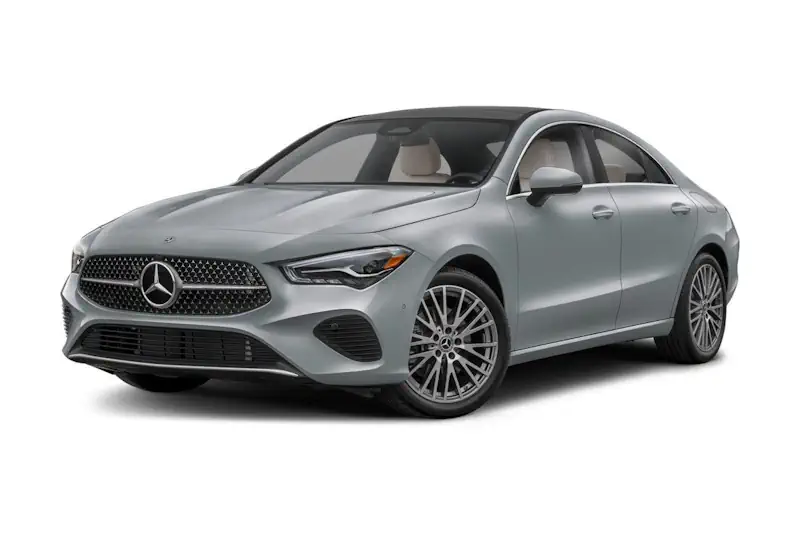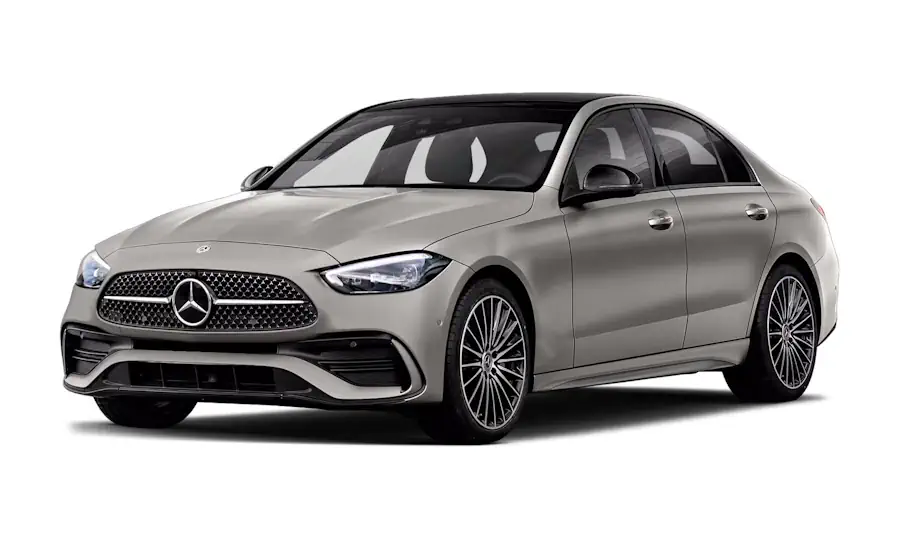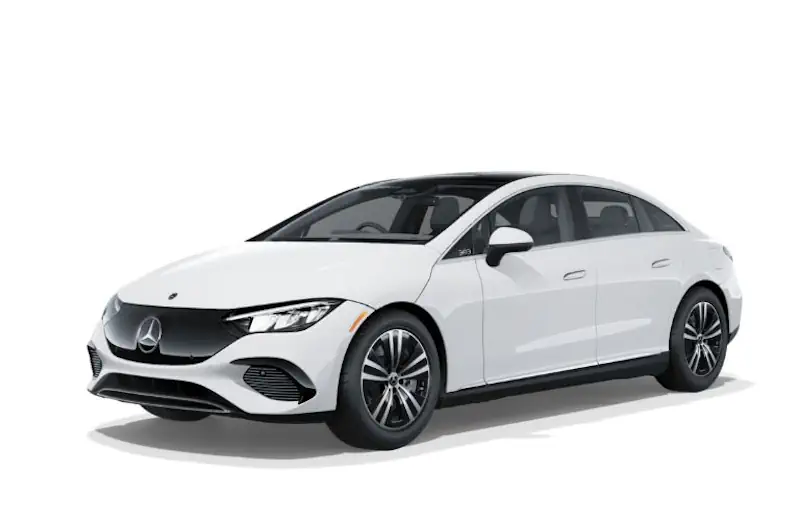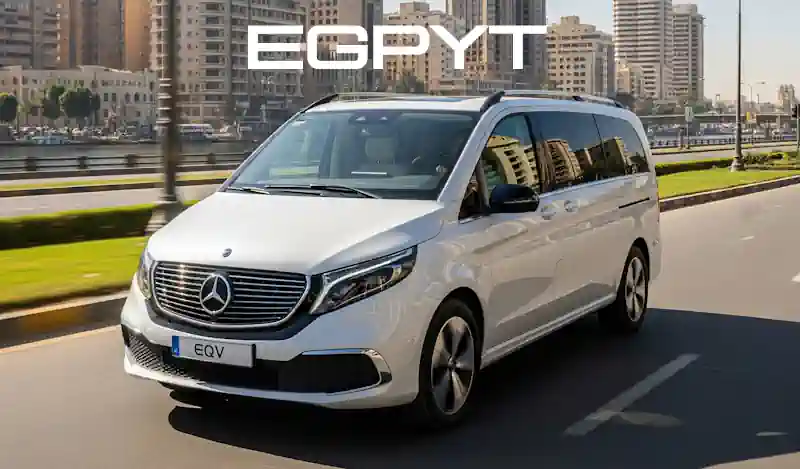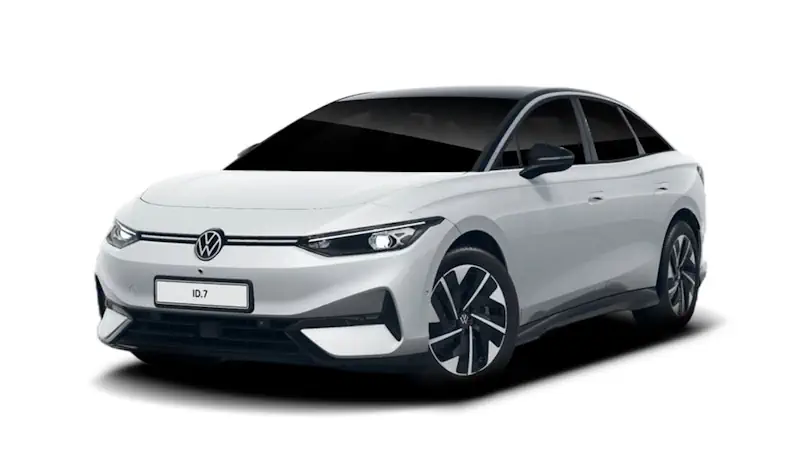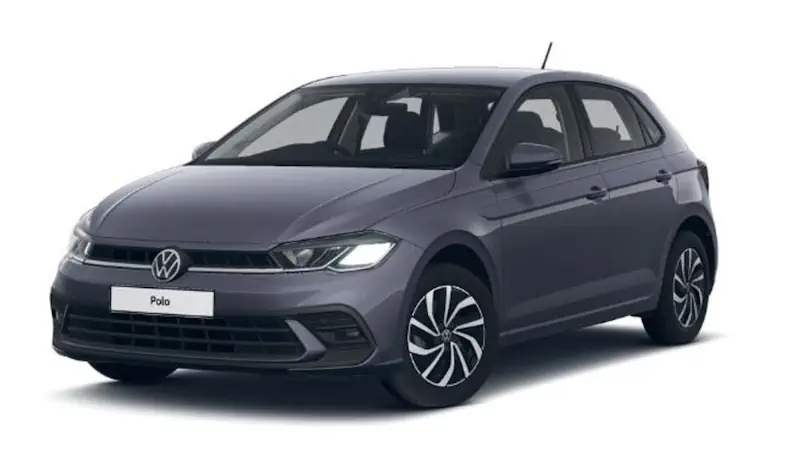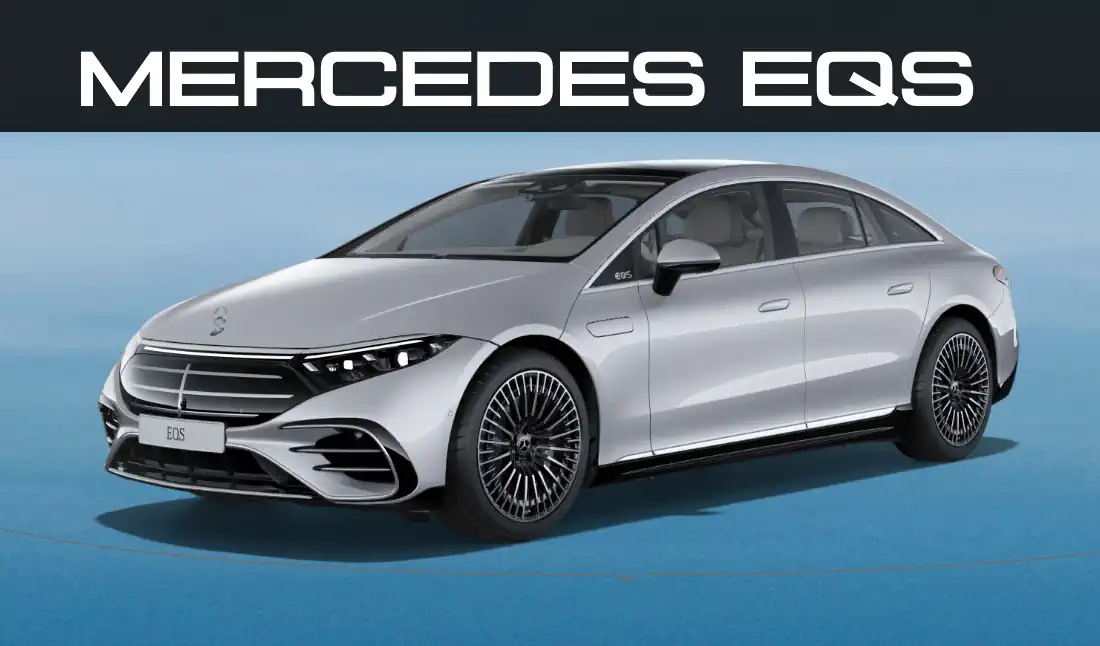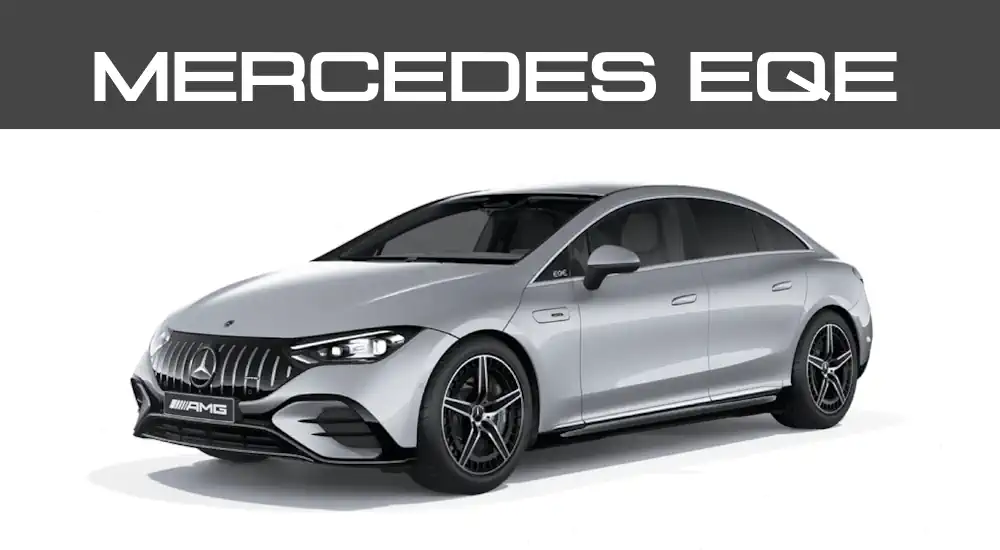Ferrari F50 Prices 2025 - 2026 Price List - New Car Models
Ferrari F50 Prices 2025 - 2026 Price List - New Car Models

Ferrari F50 Prices 2025 - 2026 Price List - New Car Models: The Enduring Value of a Raw Icon
The Ferrari F50, a car that needs no power steering, servo brakes, or ABS to impress, remains a titan in the world of collectible supercars. Launched in 1995 to celebrate Ferrari's 50th anniversary, it was a no-compromise machine, embodying 50 years of competitive spirit through its direct application of Formula 1 technology. With only 349 units ever built, the F50's rarity, naturally aspirated V12 engine, and unfiltered driving experience ensure its continued prominence and high value on the secondary market in 2025.
Unlike new production models, the Ferrari F50 has not had an official manufacturer's suggested retail price (MSRP) for decades. All transactions in 2025 occur on the secondary collector market, where prices are influenced by an intricate web of factors, including rarity, provenance, mileage, condition, specification, and regional demand.
The F50's original price in the mid-1990s was around $480,000 USD to $560,000 USD (approximately €420,000 to €480,000 EUR), depending on the market and options. However, its value has appreciated significantly over the years, solidifying its status as a blue-chip automotive investment.
Key Factors Driving the F50's Value in 2025
The enduring high value of the Ferrari F50 is attributed to several critical elements:
-
Extreme Rarity: With only 349 examples produced globally, the F50 is one of Ferrari's rarest modern supercars. This scarcity ensures intense demand among the world's most discerning collectors.
-
Naturally Aspirated V12 Engine: In an era increasingly dominated by forced induction and electrification, the F50's 4.7-liter, 65° V12, directly derived from Ferrari's F1 program, is a pure, unadulterated masterpiece. Its high-revving nature and intoxicating sound are highly coveted by purists.
-
Uncompromised Driving Purity: The F50's lack of electronic aids (no power steering, ABS, or servo brakes) offers a raw, direct, and incredibly engaging driving experience. This unfiltered connection to the road is a major draw for collectors seeking a truly visceral machine.
-
Formula 1 Pedigree: The F50's extensive use of F1-derived technology, including its carbon-fiber monocoque chassis and engine as a stressed member, makes it a genuine road-going race car. It represented the closest Ferrari had come to putting an F1 car on the street at the time.
-
Historical Significance: As the celebratory model for Ferrari's 50th anniversary, the F50 holds a unique and important place in the marque's lineage, often grouped with the other "halo" supercars like the 288 GTO, F40, Enzo, and LaFerrari.
-
Provenance and Condition: As with all high-value collector cars, a complete service history, verifiable low mileage, original factory paint and interior, and Ferrari Classiche certification significantly boost value. Cars with known ownership history (e.g., celebrity owners) or unique specifications may also command a premium.
-
Global Collector Demand: The consistent growth in the number of ultra-high-net-worth individuals worldwide ensures a robust and competitive market for such exclusive automotive assets.
Ferrari F50 Prices Across Key International Markets (2025 Secondary Market Estimates)
Prices for the Ferrari F50 can fluctuate significantly based on the factors mentioned above, as well as specific auction results versus private sales or dealer listings. The figures provided below are estimated ranges for transactions occurring in mid-2025, reflecting recent market activity.
-
United States:
-
The U.S. remains one of the strongest markets for collector cars. In 2025, a well-documented and well-maintained Ferrari F50 typically commands prices ranging from $3,500,000 USD to $5,500,000 USD.
-
Recent auction results confirm this trend, with a 1996 Ferrari F50 selling for $5,532,500 USD in February 2025 at an RM Sotheby's Miami auction, showcasing the top end of the market for exceptional examples. Other sales in late 2024 were in the $4.2 million to $5.5 million USD range.
-
-
United Kingdom:
-
In the UK collector market, prices for the Ferrari F50 generally range from £2,800,000 GBP to £4,000,000 GBP.
-
The precise value depends on the car's history, condition, and whether it's subject to VAT (Value Added Tax) on import if it's a non-UK car entering the market. Historically, the F50 has shown strong appreciation in the UK, far surpassing its original price.
-
-
Europe (Germany, France, Italy - illustrative):
-
Across major European markets, a 2025 transaction for a Ferrari F50 would typically fall between €3,500,000 EUR and €5,000,000 EUR.
-
Prices can vary within Europe due to differing VAT rates and national registration taxes or if the car is "VAT Paid" or "VAT Qualifying" for re-export. Auction results from Europe in early 2024 saw F50s selling for figures within this range, with top-tier examples reaching the higher end.
-
-
Japan:
-
Japan has a discerning collector base with a strong appreciation for originality and provenance. Prices for the Ferrari F50 in Japan's secondary market are generally observed from ¥550,000,000 JPY to ¥750,000,000 JPY. (This translates to approximately $3.5 million - $4.7 million USD or €3.3 million - €4.4 million EUR at prevailing exchange rates in mid-2025).
-
Local consumption taxes and other vehicle-related levies will be additional considerations.
-
-
China:
-
The market in mainland China for ultra-exclusive collector cars is robust, but prices are significantly influenced by substantial import duties, consumption taxes, and luxury vehicle taxes. While precise public listings are rare, secondary market transactions for the F50 in China are estimated to be well over RMB 25,000,000 to RMB 38,000,000 (roughly $3.4 million - $5.2 million USD), potentially even higher for the most pristine examples.
-
-
Middle East (UAE - illustrative):
-
The UAE and wider Middle East region are key hubs for luxury and exotic cars, often with more favorable tax structures compared to other regions. Asking prices for the F50 here can range from AED 12,500,000 to AED 18,000,000 (approximately $3.4 million - $4.9 million USD), especially for highly sought-after specifications or vehicles with low mileage.
-
-
Australia:
-
Australia's market for high-value imports is affected by the Luxury Car Tax (LCT) and Goods and Services Tax (GST). Secondary market prices for the Ferrari F50 in Australia are likely to be in the range of AUD $5,000,000 to AUD $7,000,000, reflecting these taxes, shipping, and local demand.
-
The Enduring Investment and Legacy
The Ferrari F50 continues to hold its ground as a premier collectible and a solid investment. Its finite production, status as a true analog supercar, and powerful naturally aspirated V12 engine ensure its long-term desirability in a rapidly evolving automotive landscape. As the industry moves towards hybridization and full electrification, the F50's raw, mechanical purity will only become more cherished by enthusiasts and collectors worldwide. Its value is a testament not just to its engineering prowess, but to its unique place in Ferrari's unparalleled history.
Ferrari F50: The Uncompromising Embodiment of a Half-Century of Competitive Spirit
The Ferrari F50 stands as a truly unique and pivotal chapter in the storied history of the Prancing Horse. Launched in 1995 to commemorate Ferrari's 50th anniversary (though officially celebrated two years later in 1997), it was conceived as the ultimate road-going expression of Formula 1 technology of its time. Unlike its turbocharged "Supercar" predecessors, the F40 and 288 GTO, the F50 embraced a purist philosophy: a no-compromise machine devoid of power steering, servo brakes, or ABS. Instead, it relied heavily on F1-derived composite materials, Grand Prix-level construction techniques, and advanced aerodynamics to deliver an unadulterated and thrilling driving experience. This radical approach has solidified the F50's position as a revered icon among collectors and enthusiasts, a true testament to Ferrari's unwavering competitive spirit.
A Pure Racing Pedigree for the Road
The F50's design brief was clear: to create a road car that felt as close as possible to a Formula 1 single-seater. This was achieved not by adding electronic aids, but by stripping them away and focusing on mechanical purity and lightweight construction. The use of a carbon-fiber monocoque chassis was revolutionary for a road car, directly mirroring F1 construction methods. This incredibly rigid and lightweight structure (the car's dry weight is a mere 1230 kg) formed the backbone of its dynamic capabilities.
The F50's heart is a naturally aspirated 65° V12 engine, a direct descendant of the 3.5-liter V12 used in the 1990 Ferrari 641 Formula 1 car. This F130B engine boasts a total displacement of 4698.50 cc (4.7 liters), with five valves per cylinder – a technology rarely seen in road cars. It produces a mighty 382 kW (520 hp) at a screaming 8500 rpm and 471 Nm (48 kgm) of torque at 6500 rpm. With a high compression ratio of 11.3:1 and a specific power output of 111 hp/liter, this V12 delivered a linear, exhilarating power band and an intoxicating soundtrack that only a high-revving naturally aspirated engine can provide. Notably, the engine itself acted as a stressed member of the chassis, with the gearbox and rear suspension bolted directly to it, further enhancing structural rigidity and channeling racing car engineering.
Performance figures for the F50 were, and remain, impressive:
-
Top Speed: 325 km/h (202 mph)
-
Acceleration 0-100 km/h: 3.87 seconds
-
0-1000 m: 21.70 seconds
These statistics, achieved without electronic nannies, underscore the F50's raw, driver-centric appeal.
Design: Aerodynamics Dictating Form
Pininfarina's design for the F50 was unapologetically functional, with aesthetics largely at the service of aerodynamics. Unlike previous Ferrari road cars, its lines bore little resemblance to other models, save for the satin black side indent line and traditional round paired rear light clusters. Instead, the design was dominated by rounded lines of intakes and outlets, all geared towards optimal airflow management. The F50 featured an even more radical rear wing than the iconic F40, crucial for generating the high levels of downforce necessary for its extreme performance. The distinct "nostrils" at the front and the prominent rear spoiler were not mere styling cues; they were vital aerodynamic solutions that gave the F50 its aggressive and purposeful stance. The car was designed primarily as a roadster, with a removable hardtop, allowing it to be driven as an open-top barchetta, further enhancing the visceral driving experience and connecting it to Ferrari's early racing heritage.
Technology: The Full GP Experience on the Road
The F50 was a direct application of Ferrari's Formula 1 knowledge to a road car, particularly in its extensive use of composite materials and its chassis design.
-
Chassis: The carbon-fiber monocoque chassis was a direct transfer from F1, providing incredible rigidity and lightness, crucial for handling and performance.
-
Suspension: The independent push-rod suspension, with unequal-length wishbones, coil springs, and gas-filled telescopic shock absorbers, was also race-derived. This setup ensured optimal tire contact with the road and precise handling.
-
Brakes: It utilized high-performance disc brakes, designed to provide immense stopping power without the aid of ABS, demanding greater driver skill and feel.
-
Transmission: The 6-speed manual gearbox with reverse, combined with a twin-plate clutch, offered direct and precise shifts, again emphasizing driver engagement over automated convenience.
The philosophy was to create a truly mechanical connection between the driver and the machine, transferring the full Grand Prix experience to the public road. Many of these cutting-edge solutions, particularly in composite construction and suspension design, paved the way for future Ferrari supercars, including the Enzo.
Exclusivity and Legacy
The Ferrari F50 was a highly exclusive car, deliberately produced in limited numbers to maintain its elite status. Ferrari famously announced that only 349 units would be built, "one less than they thought they could sell." This strategic decision, combined with a rigorous invitation-only sales process, ensured that the F50 remained a rare and coveted item, primarily allocated to Ferrari's most loyal and established clients.
Initially, the F50 faced some criticism, particularly when compared to its wildly popular predecessor, the F40, which boasted a larger production run. However, over time, the F50's unique philosophy, its raw, unassisted driving experience, its direct lineage to Formula 1 technology, and its naturally aspirated V12 engine have cemented its place as a true automotive icon. It is now widely recognized as one of the most significant and desirable Ferraris ever made, embodying a purity of purpose that is increasingly rare in the modern automotive landscape. Its legacy continues to grow, admired for its uncompromising design, formidable performance, and its role as a testament to 50 years of Ferrari's unwavering competitive spirit.
Engine
Type
rear, longitudinal 65° V12
Bore/stroke
85 x 69mm
Unitary displacement
391.54cc
Total displacement
4698.50cc
Compression ratio
11.3 : 1
Maximum power
382 kW (520 hp) at 8500 rpm
Power per litre
111hp/l
Maximum torque
471 Nm (48 kgm) at 6500 rpm
Valve actuation
twin overhead camshafts per bank, five valves per cylinder
Fuel feed
Bosch Motronic M2.7 injection
Ignition
Bosch Motronic M2.7 electronic static, single spark plug per cylinder
Lubrication
dry sump
Clutch
twin-plate
Chassis
Chassis
carbon-fibre monocoque
Front suspension
independent push-rod, unequal-length wishbones, coil springs, gas-filled telescopic shock absorbers
Rear suspension
independent push-rod, unequal-length wishbones, coil springs, gas-filled telescopic shock absorbers
Brakes
discs
Transmission
6-speed + reverse
Steering
rack-and-pinion
Fuel tank
capacity 105 litres
Front tyres
245/35 ZR 18
Rear tyres
335/30 ZR 18
Bodywork
Type
two-seater berlinetta and spider
Length
4480mm
Width
1986mm
Height
1120mm
Wheelbase
2580mm
Front track
1620mm
Rear track
1602mm
Weight
1230kg (dry)
Performance
Top speed
325km/h
Acceleration 0-100 km/h
3.87sec
0-1000 m
21.70sec

